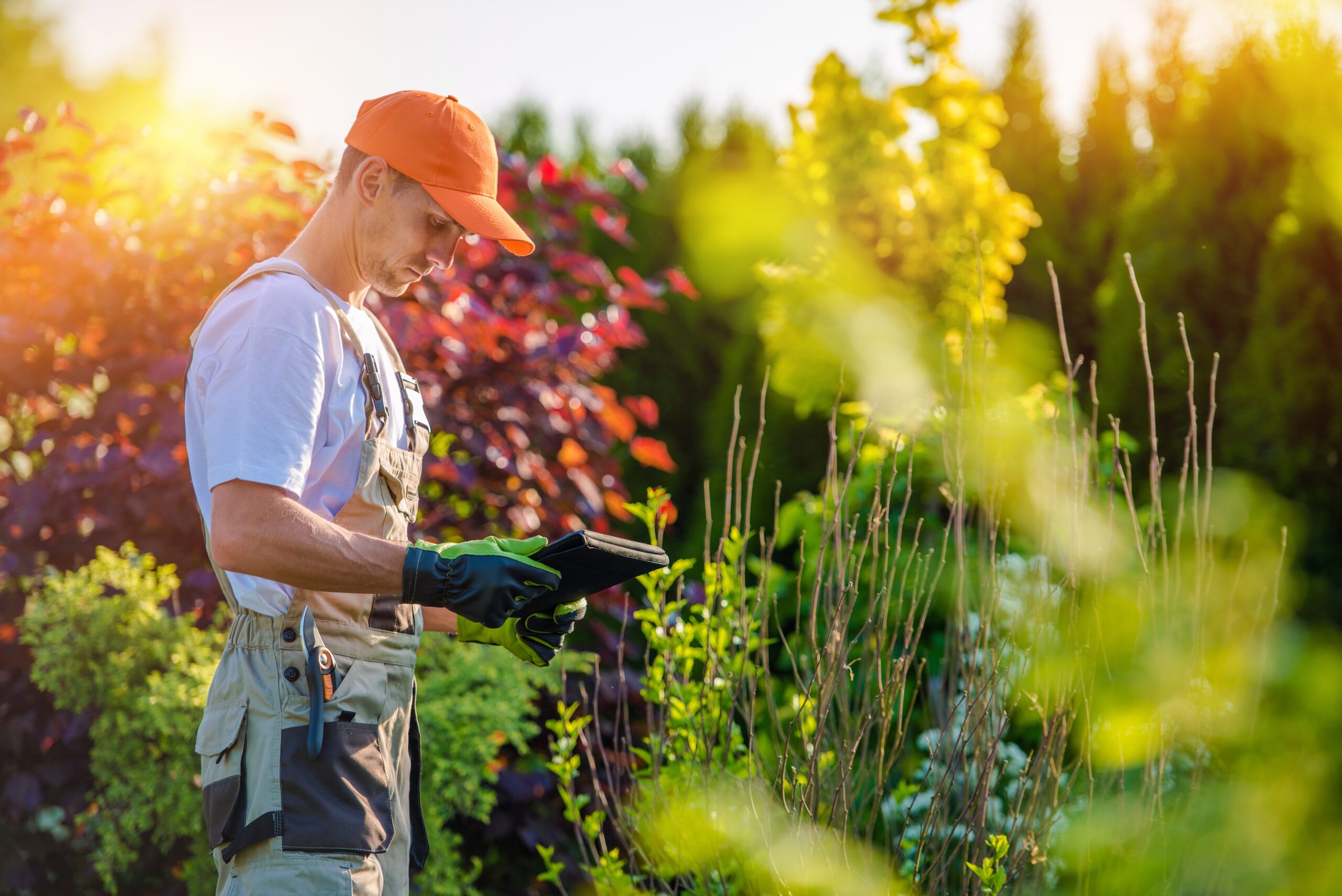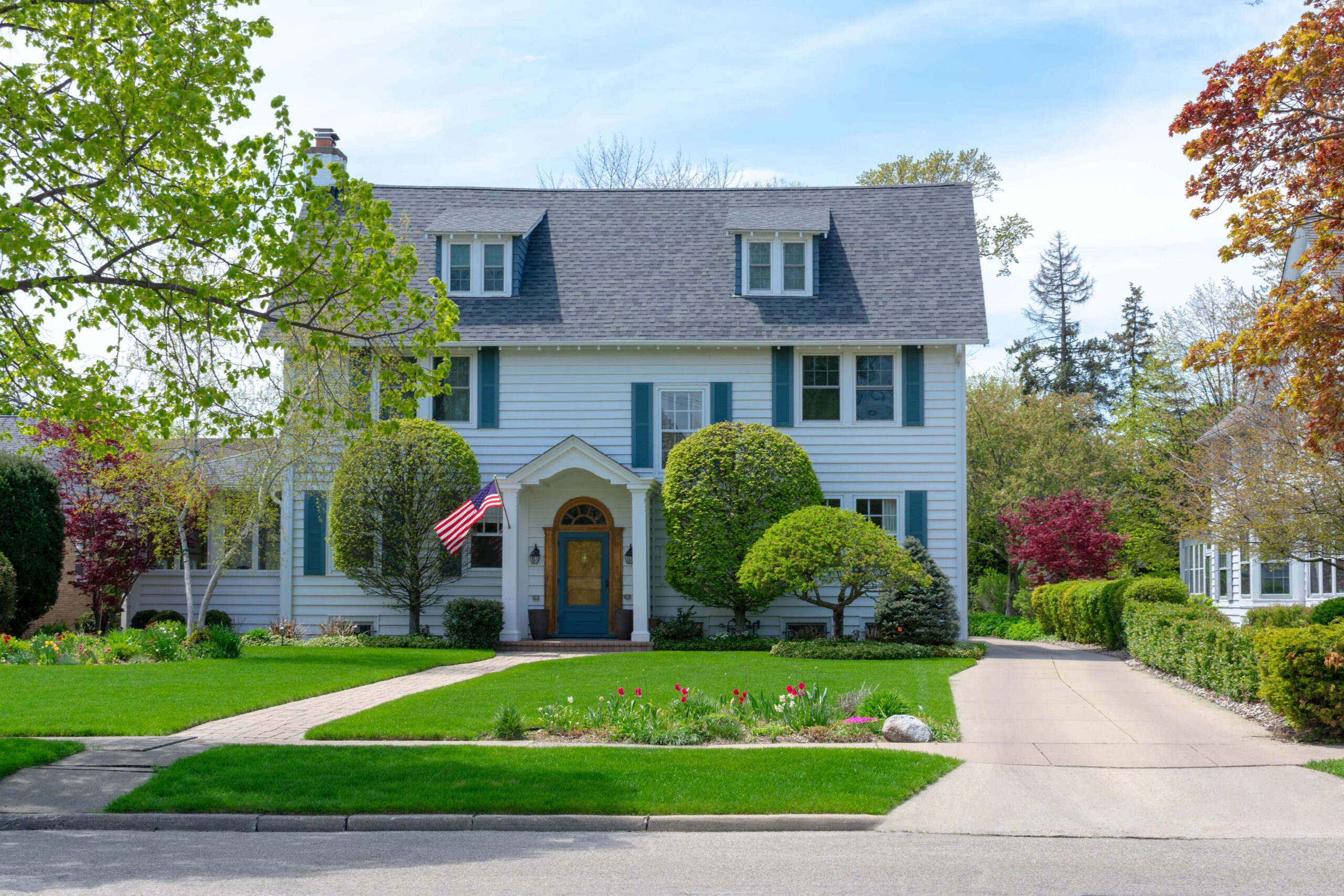Before spring comes into full bloom, southeastern Pennsylvania homeowners can take advantage of the barer tree limbs and warmer weather to take care of any pruning that needs to be done.
In a previous article, we discussed how this time of year is ideal for pruning many types of trees and shrubs, with just a few exceptions: Save pruning birch and maple trees until late spring, since doing it any earlier than that can cause sap to start oozing out. Also, certain flowering shrubs should not be pruned until after their first bloom, since you could run the risk of pruning buds if you do it before then.
Barring these exceptions, however, you can take advantage of the season to get the rest of your pruning done by understanding the different types of pruning techniques and knowing which one to use for your trees. Here’s a brief guide to get you started:
Cleaning
Think of this as spring cleaning for your trees. Here, you are clearing away dead and damaged branches, or ones that show evidence of disease or perhaps are dangling from a limb because they are weakly attached. Cleaning is an essential pruning technique, because it helps keep the tree in good health and maintains its structural integrity.
Thinning
Thinning is a strategic technique you can use to remove some branches, cutting all the way back to where they are attached. The reason to thin a tree is to make the canopy both lighter—which means less weight for supporting branches to bear—and more airy and open to the sunlight. This allows for healthier foliage and air flow through the canopy.
Raising
Sometimes a tree grows branches that hang too low and impede the passage of vehicles, or people. If the tree is near a house, low branches can scratch windows or roofs. With raising, you remove these lower branches to provide clearance for people, cars and trucks, and buildings.
Reducing
Reducing is a pruning technique very similar to raising, except that it involves the strategic cutting of upper branches or the length of branches that are reaching out too widely. This is usually done when branches start to grow too close to utility wires.
It’s important not to confuse reducing with another pruning technique called topping. Topping is an extreme version of reducing where the tree limbs are cut back to stubs, or branches are cut haphazardly in a way that leaves the tree structurally unsound. Topping is not recommended, and should be avoided if at all possible.
Pruning your trees is essential for their health and to make sure they do not cause a problem for people, buildings, automobiles, or utility lines. It’s important to know when and how to prune them, however, to avoid damaging or compromising the health of the trees. For help with pruning and all of your landscaping needs, contact your trusted landscaping professional today!





